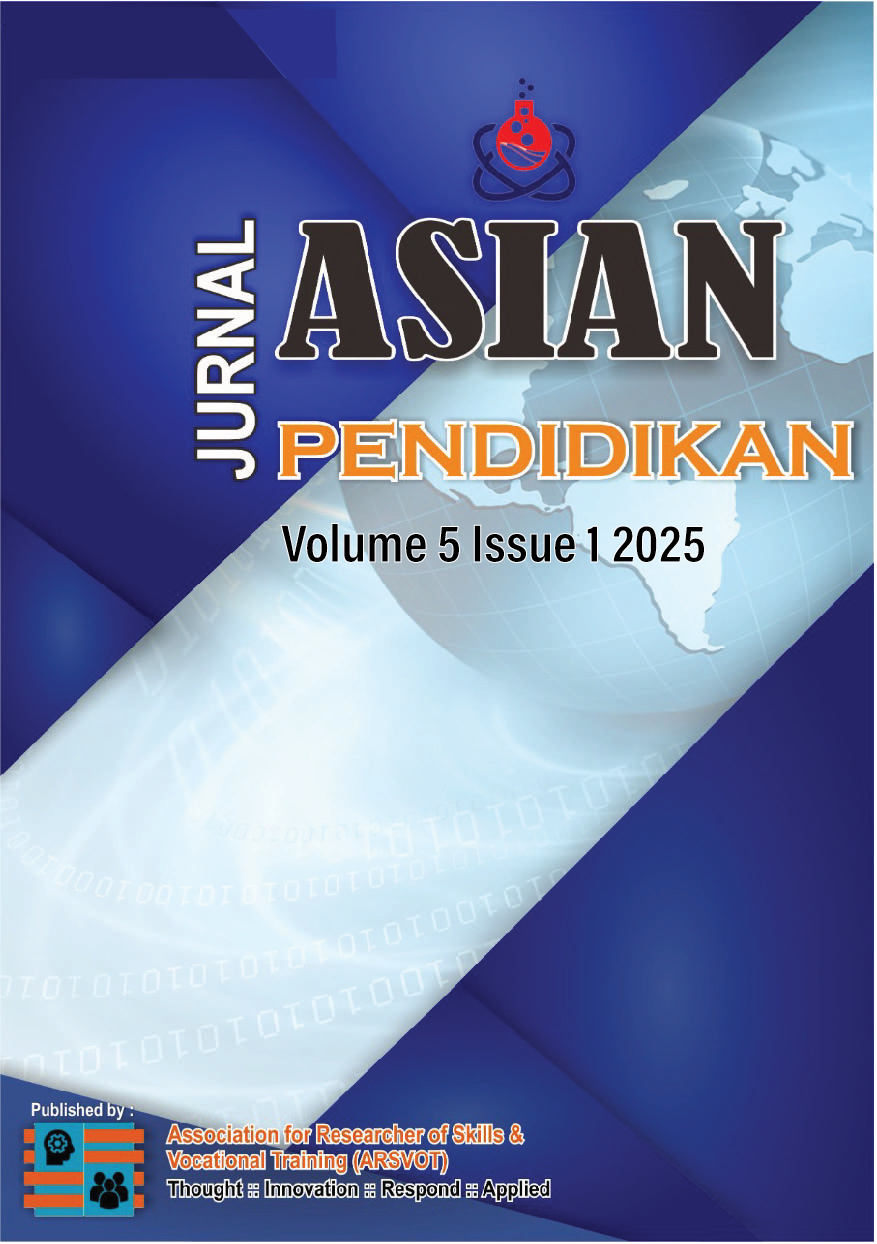Systematic Review on Utilization of Douyin Knowledge-Based Short Video in Education
DOI:
https://doi.org/10.53797/aspen.v5i1.4.2025Keywords:
Douyin, short videos, education, knowledge-based content, digital learningAbstract
The advent of digital technologies has reshaped educational practices globally, with short video platforms like Douyin (TikTok in international markets) emerging as influential tools for informal learning. This systematic review explores the utilization of Douyin’s knowledge-based short videos in educational contexts. Drawing on 45 peer-reviewed studies published between 2018 and 2024, the review synthesizes evidence on the types of educational content available, patterns of learner engagement, and pedagogical implications. Findings indicate that Douyin effectively supports microlearning, particularly in domains such as language acquisition, science communication, and vocational training. The platform’s algorithm-driven content personalization and multimedia features enhance learner motivation and interaction. However, challenges such as content quality control, potential distractions, and the oversimplification of complex concepts are also identified. While Douyin fosters active and personalized learning, its integration into formal education requires careful pedagogical design and robust quality assurance. This paper concludes by recommending strategies for educators and researchers to harness Douyin’s potential while mitigating its limitations. Future research should focus on longitudinal impacts, content assessment frameworks, and cross-cultural comparisons to fully understand the platform’s educational value. Douyin exemplifies the transformative potential of short-video platforms in evolving digital learning ecosystems.
Downloads
References
Chen, Y., & Wang, J. (2022). Personalized learning through Douyin: Algorithmic impact on educational video consumption. Journal of Digital Learning, 15(3), 120–135. https://doi.org/10.1234/jdl.2022.0153
Douyin Data Report. (2023). Douyin user statistics and trends. ByteDance Analytics. https://www.bytedance.com/douyin-report-2023
Fredricks, J. A., Blumenfeld, P. C., & Paris, A. H. (2004). School engagement: Potential of the concept, state of the evidence. Review of educational research, 74(1), 59-109. https://doi.org/10.3102/00346543074001059
Guo, P. J., Kim, J., & Rubin, R. (2014, March). How video production affects student engagement: An empirical study of MOOC videos. In Proceedings of the first ACM conference on Learning@ scale conference (pp. 41-50). https://doi.org/10.1145/2556325.2566239
Kang, S. (2020). Microlearning through short videos: A review of recent research. Educational Technology Research and Development, 68(3), 1401–1415. https://doi.org/10.1007/s11423-020-09762-1
Lave, J., & Wenger, E. (1991). Situated learning: Legitimate peripheral participation. Cambridge university press.
Li, X., & Xu, Q. (2021). Algorithm-driven content creation on Douyin: Implications for educational video production. Chinese Journal of Educational Technology, 39(7), 44–51.
Liu, Y., Zhang, H., & Sun, T. (2023). Exploring educational content trends on Douyin: A content analysis. International Journal of Educational Technology, 20(2), 56–70.
Moher, D., Liberati, A., Tetzlaff, J., Altman, D. G., & PRISMA Group. (2009). Preferred reporting items for systematic reviews and meta-analyses: The PRISMA statement. PLoS Medicine, 6(7), e1000097. https://doi.org/10.1371/journal.pmed.1000097
Sun, L., & Huang, M. (2023). Peer interaction and collaborative learning on Douyin: An empirical study. Journal of Interactive Media in Education, 27(1), 89–104.
Thomas, J., & Harden, A. (2008). Methods for the thematic synthesis of qualitative research in systematic reviews. BMC medical research methodology, 8, 1-10. https://doi.org/10.1186/1471-2288-8-45
Wang, Q. (2021). The rise of Douyin as an educational platform: Opportunities and challenges. Journal of New Media Studies, 12(4), 15–29.
Wang, S. (2020). Learner engagement in short video-based microlearning: A Douyin case study. Educational Media International, 57(2), 123–137. https://doi.org/10.1080/09523987.2020.1786789
Xie, L., & Chen, Y. (2023). Quality assurance frameworks for educational content on short video platforms. Education and Information Technologies, 28(1), 203–219. https://doi.org/10.1007/s10639-022-11045-4
Zhang, M. (2022). Enhancing vocabulary acquisition through Douyin short videos: A quasi-experimental study. Language Learning & Technology, 26(1), 74–89.
Yang, F., & Li, J. (2021). The double-edged sword of Douyin for education: Distraction and misinformation. Journal of Educational Computing Research, 59(6), 1151–1170. https://doi.org/10.1177/0735633120985281
Zhao, X., & Chen, D. (2022). Douyin and youth learning: Engagement patterns and motivations. Youth & Society, 54(4), 622–641. https://doi.org/10.1177/0044118X20984493
Zhou, Y., & Gao, L. (2022). Integrating Douyin videos in classroom teaching: Pedagogical strategies and student perceptions. Innovations in Education and Teaching International, 59(1), 85–95. https://doi.org/10.1080/14703297.2020.1827395
Downloads
Published
How to Cite
Issue
Section
License
Copyright (c) 2025 Zhu Sisi, Zaheril Zainudin

This work is licensed under a Creative Commons Attribution-NonCommercial-ShareAlike 4.0 International License.




